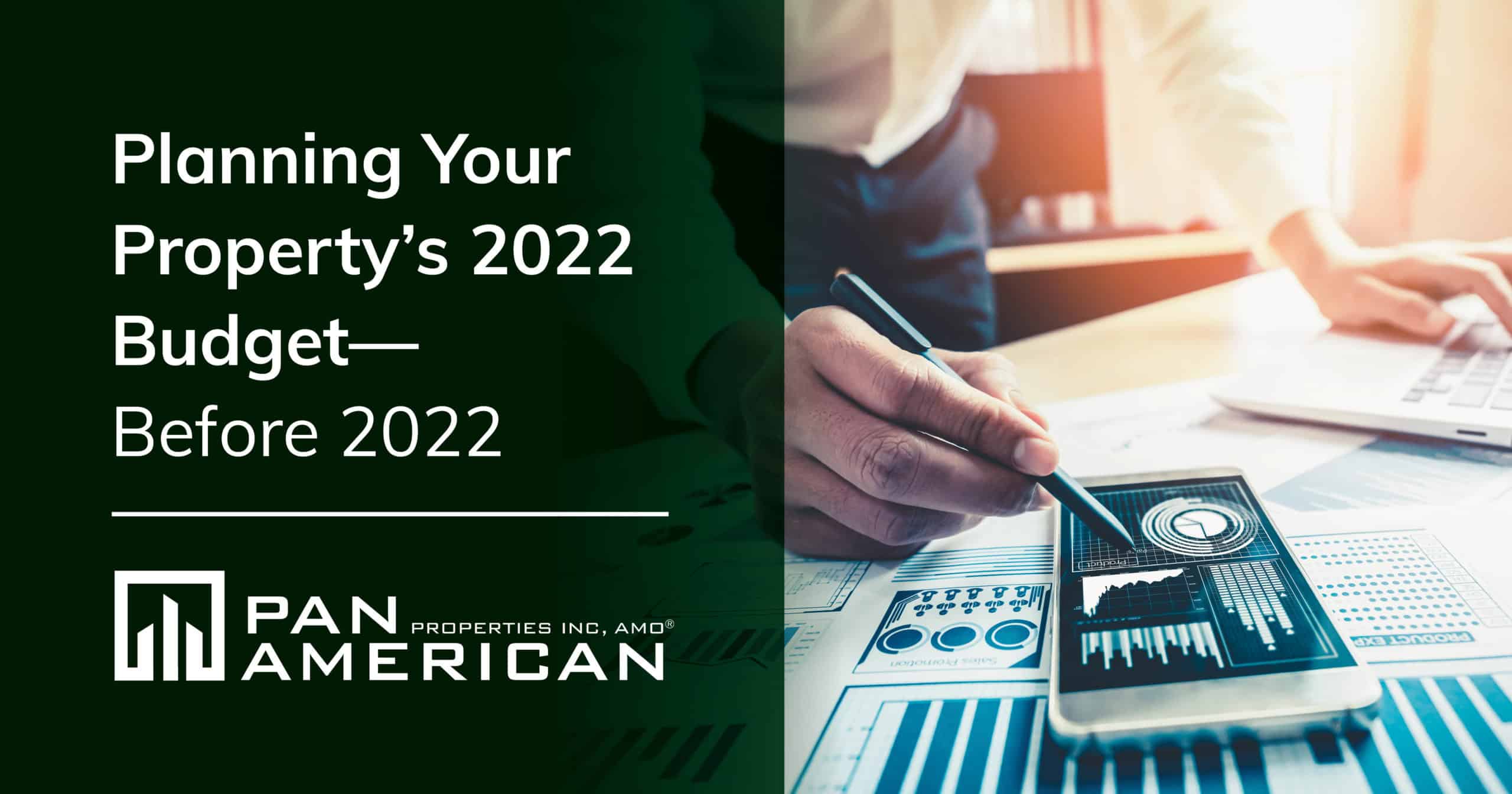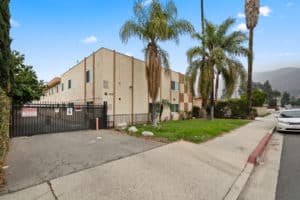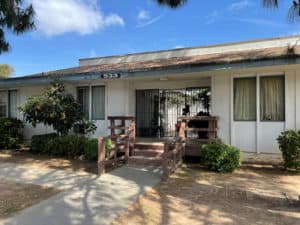With the exception of those of us who are in the business, most property owners don’t put budgeting in their list of favorite things to do. Many consider it comparable to getting a root canal or doing taxes. But like root canals, creating and effectively managing a budget is an essential task for putting a property on the path to long-term success.
Building a budget is no small task, especially for large or complex assets. It’s a process that takes time and demands you be thorough, which is why starting early—even three to six months in advance—is a wise decision.
When setting your property up for success in 2022, what steps should be taken? A good approach is to begin looking forward by looking back at the prior year. By drawing lessons from what has come before, you can make informed predictions about what the future will bring. These are the steps:
1. Examine your revenue
Identify all the property’s revenue from its different income sources from the past calendar year. Be sure to capture everything: some properties generate revenue from sources other than rents, such as event room fees and pet fees.
Having a raw number is just the start. To understand a property’s revenue, you’ll need to explore how it behaved over time. For most properties, revenues fluctuate. Capture each month’s revenue going back at least one year. Look closely at the numbers and the facts behind them to glean insights that can inform next year’s plan. If a particular month was down sharply, it’s good to understand the cause (or causes) so you can evaluate whether those causes might be present next year as well.
2. Calculate fixed costs
Next, you need to add up all your fixed costs: those expenses that you can’t avoid. Fixed costs include things like property taxes, insurance, mortgage interest, trash collection, and routine maintenance.
Budgeting season is a good time to evaluate whether any fixed costs can be reduced going forward. Scrutinizing the performance of the property’s insurance carrier is often a good start. Are you getting the value you expect?
3. Determine variable and discretionary expenses
While looking at your fixed costs, you may notice some variable expenses. Variable expenses aren’t always as consistent or predictable as fixed costs, but they are often just as necessary for maintaining a quality asset.
Certain types of variable expense are always going to be within a range. Utilities are a clear example of this. Common area lighting and water, especially for properties with extensive landscaping, can be a significant expense. Knowing the historical monthly average of fluctuating costs will make budgeting for them much easier.
Discretionary expenses capture spending that is not required for operations, but nevertheless provides added value. The cost of cable television in a common room is one example. So are renovations undertaken to improve a space that might have been passable before, but was made substantially better to boost the property’s appeal.
Large one-time costs, like a major repair or a significant capital expenditure to upgrade a building, often need to be analyzed on their own. Will next year’s budget need to include a major project again? Especially in these times, when the cost of materials is skyrocketing, budgeting for future projects takes careful, and conservative, guesswork.
4. Set aside a contingency fund for unexpected costs
Chances are you’ve heard the age-old adage: If it can go wrong, it will. When putting your budget together, keep this in mind. This isn’t to create negative expectations for your asset’s performance in 2022. Rather, expecting the unexpected and creating a contingency fund will give you peace of mind—if anything happens, you’re ready to swim when the unprepared may drown.
Contingency planning is especially challenging in the context of the COVID-19 pandemic. Residents impacted by the crisis might not be able to continue paying rent. Market-wide demand may be unpredictable. To be prepared for 2021, special thought needs to be given to how much risk you’ll be comfortable budgeting for.
5. Create your profit and loss statement
Once you’ve collected the date listed above, put it all together to create your property’s profit and loss statement, or P&L. The P&L puts revenues and expenses in one place, so they can be analyzed together.
6. Outline your forward-looking business budget
The P&L is a strong starting point for crafting next year’s budget. The future is impossible to predict with perfect accuracy, but using the past as a reference we can make plenty of well-informed guesses.
It’s often helpful to begin by compiling a list of anticipated fixed costs. These tend to be the most predictable parts of a budget, so they’re easy to get out of the way. More challenging, but critically important, is predicting a building’s occupancy rate. Historical trends are often good benchmarks, but these aren’t ordinary times.
Let Pan American guide your 2022 budgeting process
At Pan American we’re already in budgeting season. Planning for the future is one of the most important ways we protect and grow value for our clients. If you’re still handling your own budgeting process, now is a good time to consider hiring a team that can save you both time and money. Call us today at (888) 754-9700 or email us at [email protected] to learn more.






